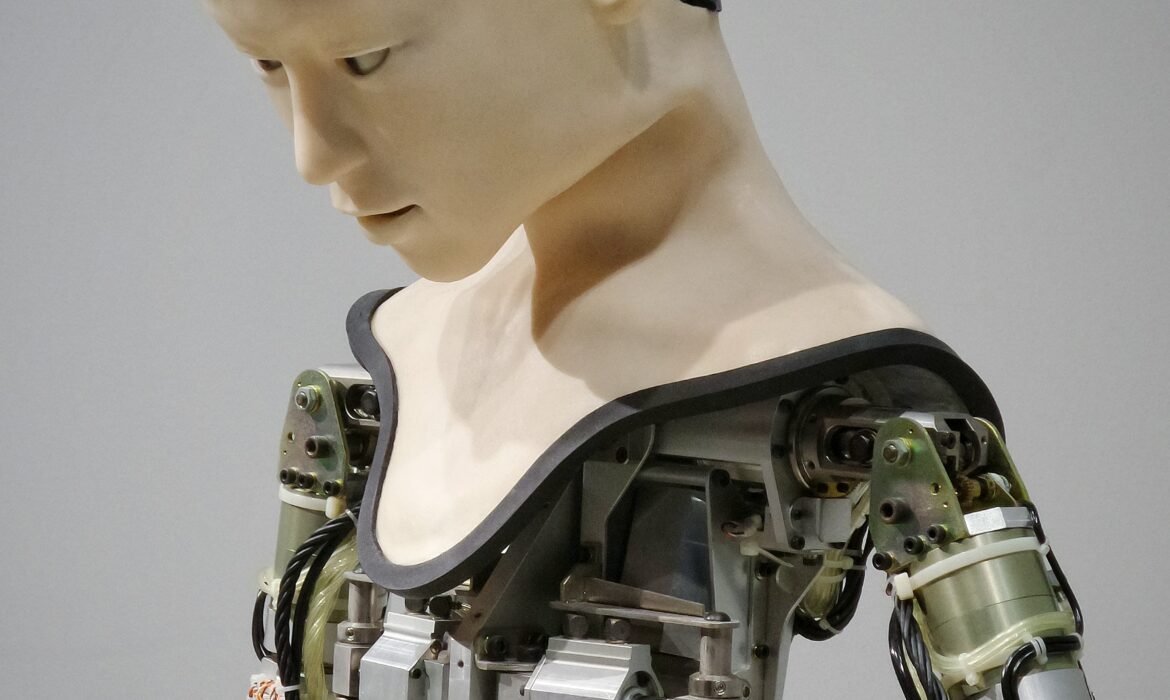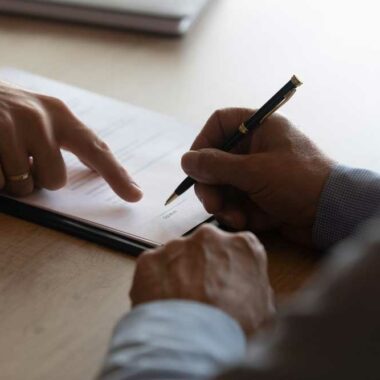The advent of artificial intelligence and machine learning is changing the way inventions come into existence. The invention process may no longer involve a single inventor. In fact, it may not even involve humans.
The trending discussions over the past few weeks report that the patent law is on the brink of breaking due to artificial intelligence; how so? Let’s have a quick refresher on these two terms before we break down the issue.
Artificial Intelligence
Per definition, Artificial Intelligence (AI) is a broad and rapidly expanding field of computer science that deals with the creation of machines capable of performing tasks that normally require human intelligence.
In that sense, AI is more than just Tesla self-driving cars, robots that beat you in difficult chess matches, or a chatbot that decides where and what to eat for lunch.
AI uses algorithms to help humans accomplish tasks they couldn’t (or sometimes could) do on their own. AI can also be composed of logic and math to automate processes and make decisions, or it can vary a bit more in terms of the types of tasks AI is able to execute.
The Patent Law
Per definition, a patent for an invention is the grant of a property right to the inventor issued by the Patent and Trademark Office.
The main purpose of patent law is to encourage innovation while also providing inventors with an incentive to create new inventions that benefit society in a wide variety of ways. Unlike copyright or trade secret laws, patent law is a strong protection for those who develop new technologies, but it does not prevent others from using them.
Additionally, the patent statutes are primary to understanding patent law, which contain explicit rules for issuing patents and how to enforce them.
The United States Constitution includes language that protects one’s right to invent: “Congress shall have the power to promote the progress of science and useful arts by securing for limited times to authors and inventors the exclusive right to their respective writings and discoveries.”
So, what exactly is the problem here?
Patent law views inventors as humans and recognizes invalid patents that are issued to artificial intelligence systems. While the courts around the world are wrestling with the problem now, U.S.- based groups have taken it upon themselves to create public discussions on AI and IP law.
AI can help generate new inventions, it can help improve existing inventions, it can help find new uses for existing inventions, and it also improves the quality of existing ones.
The Automated Scoring System is one of the many ways in which AI has been integrated into patent law. This system is used by patent examiners when analyzing patents for patentability and automatically scores each claim using a mathematical formula.
As we move into an age of artificial AI, it’s likely that the invention process will become automated and computer-generated in order to reduce costs while also allowing for greater flexibility in terms of who can participate in research.
What is considered ‘Patentable’?
- Utility patents may be granted to anyone who invents or discovers any new and useful process, the machine, article of manufacture, the composition of matter, or any new and useful improvement thereof;
- Design patents may be granted to anyone who invents a new, original, and ornamental design for an article of manufacture; and
- Plant patents may be granted to anyone who invents or discovers and asexually reproduces any distinct and new variety of plants.
This shift would not affect who receives the patent.
This shift would not affect who receives the patent, which continues to be the entity that controls who invented the subject matter of a patent application. The relevant question is whether AI can be considered an inventor under U.S. law, and this issue has not yet been decided by any court or tribunal.
It’s worth noting that there are many other issues at play here, including how this will affect litigation and invention disclosures in various industries (e.g., pharmaceuticals), as well as what it means for software patents and other types of intellectual property (IP).
Instead, it would reflect changes in technology and inventorship while providing more transparency regarding patent ownership.
The change would make it easier to identify the creator of a new invention and who owns a patent. It would also make it easier for inventors and their attorneys to determine who should receive credit for an invention, as well as which institutions receive royalties from those patents.
The current practice of granting patents without making any attempt to verify whether they are valid is outdated, inefficient, and unfair in many ways:
- Some inventions aren’t patented because they aren’t considered novel enough; others are patented even though they aren’t really new; still, others are simply never patented at all despite having been invented months before being filed with the Patent Office (which happens because applicants often fail to adequately describe their products).
- Most patents expire after 20 years—a problem that becomes particularly acute when corporations are concerned about losing access to lucrative markets abroad because their competitors have already taken steps towards commercialization while they were still sitting on their ideas–but there’s no way around this limitation unless you file multiple applications every year so that your only option remains to file one single application every six months!
Now the question is who, or what, should be awarded rights to an invention?
The USPTO has proposed that the inventor should be the person who creates the invention. However, this does not address how you can prove who invented something in court.
The USPTO has also proposed that an entity that controls your invention may own some of its rights (for example if you license out your patent). This means if someone else owns part of your patent and they make use of it without permission from you, then they may have infringed upon your patent rights.
The Future of AI and Patents
The ruling in Thaler v. Vidal, No. 21-2347, *2 (Fed. Cir. Aug. 5, 2022) has set a precedent that AI cannot be named as an inventor in patent applications. This decision has significant implications for the future of AI and patents, as it means that inventors must be natural persons rather than machines. The ruling has been widely discussed in legal circles and has raised questions about the role of AI in innovation and the possibility of future legal challenges to this decision.
As of now, Thaler v. Vidal is still under appeal, and the U.S. Supreme Court could potentially take up the case. The decision has been viewed as a setback for AI innovators who have been developing machines capable of generating original ideas and inventions. However, some legal experts argue that the decision will ultimately encourage innovation by ensuring that human inventors retain control over their inventions and can receive credit for their work.
In conclusion
The role of AI in the patent application process remains an area of ongoing debate and legal scrutiny. While AI technologies are capable of generating original ideas and inventions, they cannot be named inventors in the current legal framework. As the field of AI continues to evolve, legal challenges to this framework will likely arise, and new approaches to intellectual property protection may be necessary.
The USPTO still seeks public input on the proposed rulemaking for a more comprehensive creator analysis. We want to hear from you whether this change would benefit patent rights holders, inventors, and society.
Contact us
Interested to learn more? Browse the comprehensive history of patents here, and while you’re there, check out the services provided by IP Procure, A Patent and Trademark Law Firm With Worldwide Associates.
Visit our offices in San Jose, California; Sewell, New Jersey; and Media, Pennsylvania, or contact us for a free legal consultation at 1-856-266-5145 and send us an email to: ash@ipprocure.com






